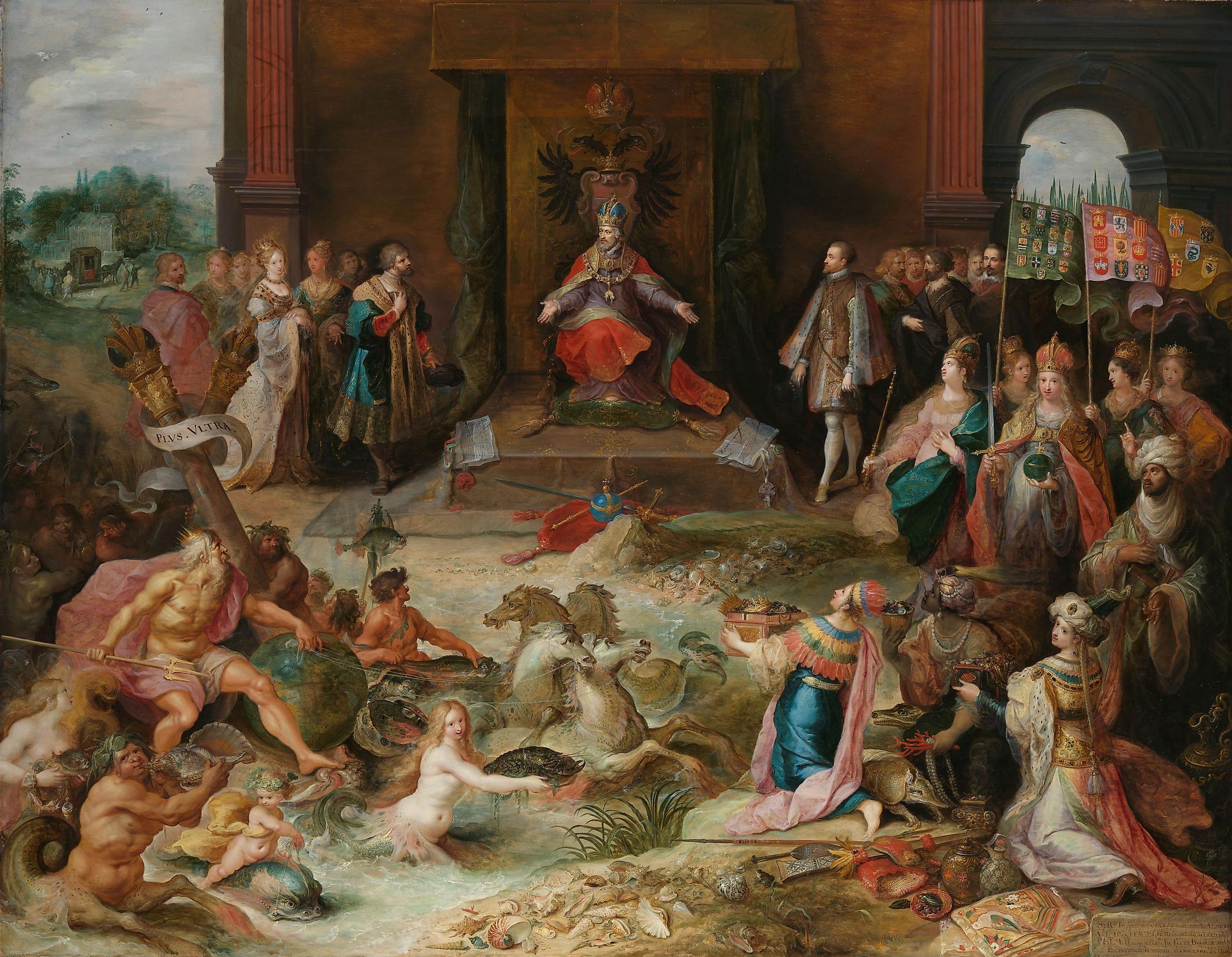
Habsburg Dynasty: The Inbred Royals Who Ruled Over Europe
At the height of their power, the Habsburg royal family controlled the most powerful nations in all of Europe. Through centuries of shrewd planning, ruthless scheming, and unspeakable treachery, a small family who once hailed from an obscure backwater in the hills of Switzerland now held the fate of millions of people in their hands. One of the longest-ruling royal bloodlines in human history, the last of Habsburg's rule would only come to an end as a consequence of the First World War. How the Habsburgs rose to such prominence and prestige is a long and complex story but nonetheless fascinating and intriguing.
Humble Beginnings
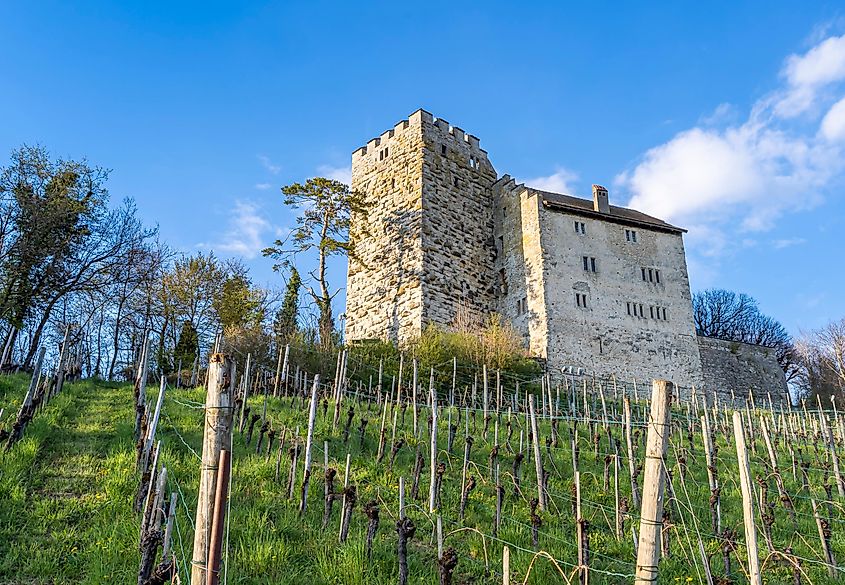
The earliest traceable ancestor of the House of Habsburg is Guntram the Rich. Guntram, if his name rings true, was a wealthy noble who controlled land throughout the Holy Roman Empire under the rule of Otto I. Guntram rebelled against the rule of Otto in 952 AD and, as punishment, had large swathes of his land confiscated and given to other nobles. Disgraced and almost penniless, it would be Count Radbot, the grandson of Guntram, who would redeem his family's name and begin his household's trajectory toward the highest places of power in Medieval Europe.
Radbot, along with the help of the Bishop of Strasbourg, constructed the Habichtsburg (Habsburg Castle). Literally meaning "hawk's castle" in German, this new castle served as a base of operations from which the ambitious heads of the Habsburg family could expand their power and influence. After centuries of forging alliances with other families and nobles, Rudolf IV of Habsburg became king in 1273 AD. After 10 years on the throne, he granted his two sons direct rule over Styria and Austria. From this point forward, the name Habsburg would forever be associated with these two kingdoms.
Holy Roman Emperor
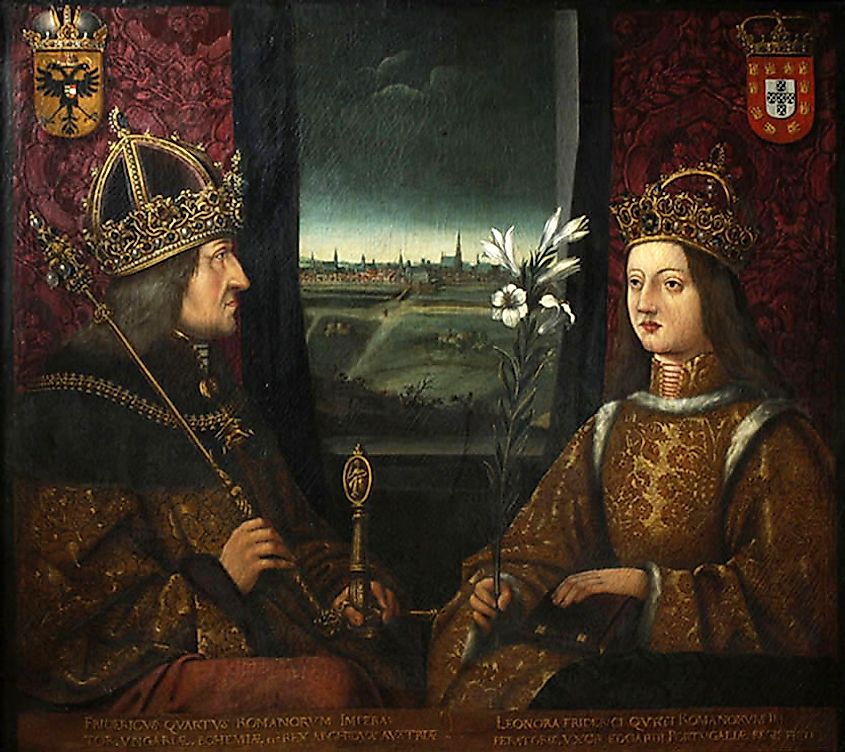
By the early 15th century, the Habsburg Dynasty had managed to place members of its family on many different thrones throughout the Holy Roman Empire. Some of the states held high positions within the imperial government and, most importantly of all, held the title of Elector Prince. These rulers were directly responsible for electing a new emperor in the event of the current emperor's death or abdication.
In 1453, Frederick III was crowned Holy Roman Emperor with the help of his relatives across the empire as well as allies who were made by marrying off female members of the Habsburg family. Frederick III's rise to the imperial throne marked the beginning of an unbroken chain of Habsburg Holy Roman Emperors that lasted from 1453 to 1740. Each time an election was called to select a new emperor, the Elector Princes, most of whom were either members of the Habsburg family or were direct friends of the dynasty, would vote for the Habsburg candidate. These elections quickly became a forgone conclusion and were held merely as a formality.
Spain And Austria Unite
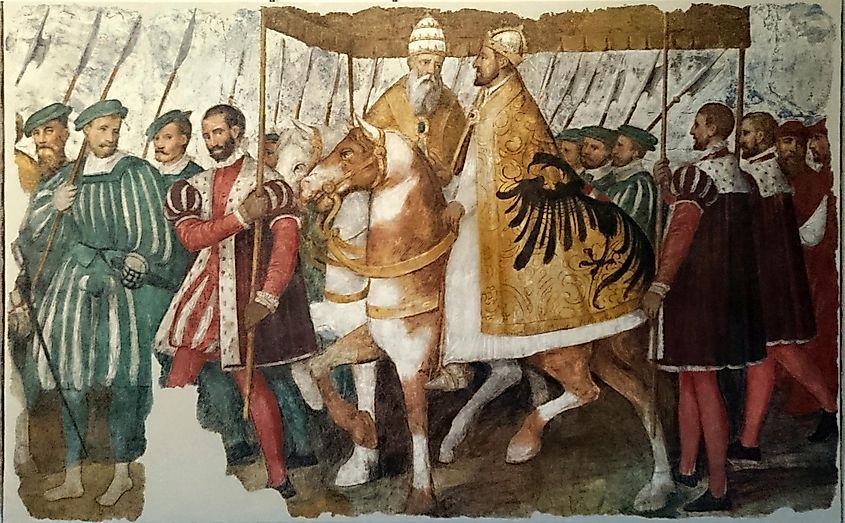
The Habsburgs reached their height in power at the beginning of the 16th century. In 1519, Charles V, the grandson of the previous Holy Roman Emperor Maximillian I, was elected as the new emperor. Only a few years prior, Charles V had also inherited the throne of Spain from his father's side of the family. Now, not only did Charles V rule over the rich and powerful lands of the Holy Roman Empire, but he was also in control of Spain, Portugal, The Netherlands, and the enormous Spanish colonial empire that was beginning to take shape in the Americas. Charles V's rule was far from easy. His time ruling over this vast territory was marked by countless wars with foreign powers as well as plenty of civil unrest that was spurred on by the recent Protestant Reformation. In 1556, Charles V stepped down from the imperial throne and died only a few years later.
A "Pure" Bloodline
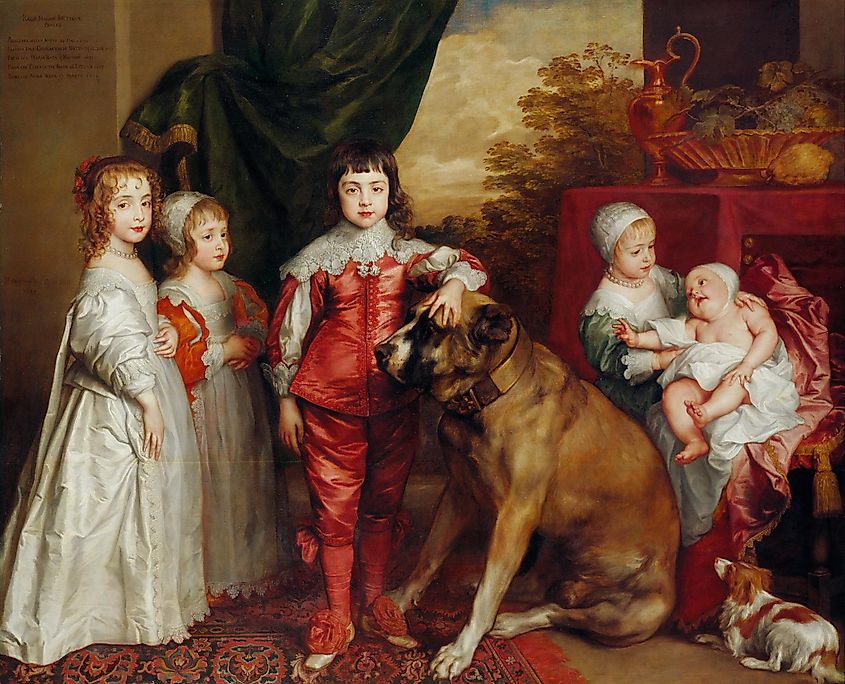
One of the longest-lasting legacies of the Habsburg Dynasty is their affinity for interfamily marriages. Incestuous marriages, whether born out of a desire to keep the family bloodline pure or strictly for political purposes, were quite common for Habsburg rulers to be married to someone who was a close relative. Cousins marrying one another and uncles and aunts marrying their nieces and nephews was not uncommon at all. This intense inbreeding eventually led to some rather tragic outcomes for the children of these incestuous relationships.
The infamous "Habsburg jaw" quickly became one of the defining physical features of the royal family. These large, protruding, bulbous jaws can be seen in dozens of paintings that were completed by contemporary artists of their day. Not only did this shortsighted practice result in grotesque physical deformities, but it also had a severe negative impact on the overall health of certain monarchs. Charles II, one of the Spanish Habsburgs, suffered near-endless health issues until his untimely death in 1700 at the young age of 38. Charles II left no heirs, and his death plunged much of Europe into yet another war over who would sit on the vacant throne.
The End Of A Legacy
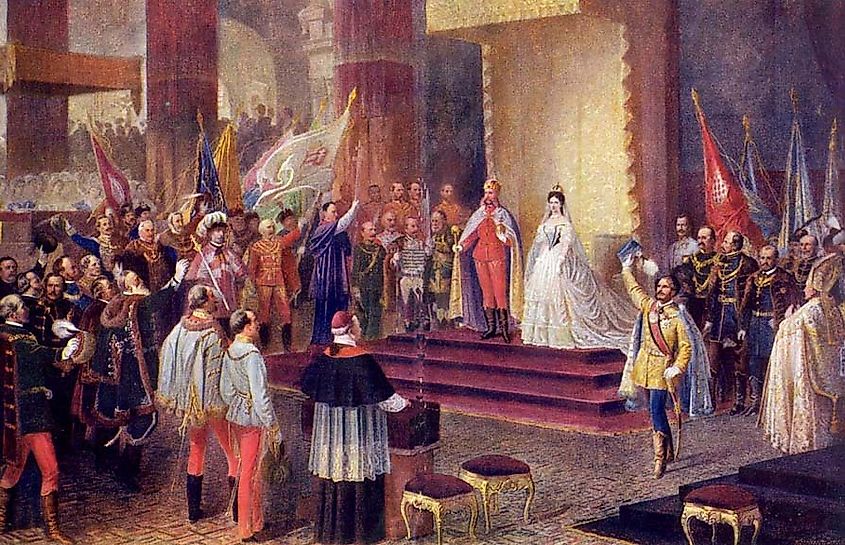
The power and influence of the Habsburg family would never again reach the levels they did in the 1500s, but they were still able to remain big players in European politics well into the 19th century. At the dawn of the First World War in 1914, the emperor of the Austro-Hungarian Empire remained a Habsburg. Sadly, Emperor Francis Joseph led his nation into a war that would eventually lead to its demise. Austria-Hungary performed terribly in the war thanks to a litany of internal conflict and strife. It did not help that their military was underperforming on every front in which they fought. In 1916, Joseph died and was succeeded by his grandnephew Charles.
Charles led the crumbling empire for two more years until the end of the war in 1918. Charles never did abdicate the throne and was instead deposed by the Austrian parliament in 1919. Charles attempted to regain his crown on two separate occasions but failed both times. Habsburg rule had finally come to an end.
The Habsburgs went from a relatively unknown group of nobles to becoming the most influential and powerful dynasty Europe had ever seen. Despite no longer being in power, even in a ceremonial role, their impact can still be felt today. Through wars, political marriages, scheming, and other covert means, the Habsburgs could climb the dangerous ladder of European politics and remain on top for centuries. It is rare for such a group of people to be able to gain such a position; the fact they were able to maintain it makes it all that more remarkable.











